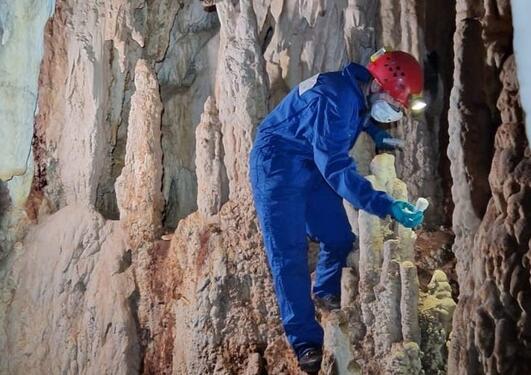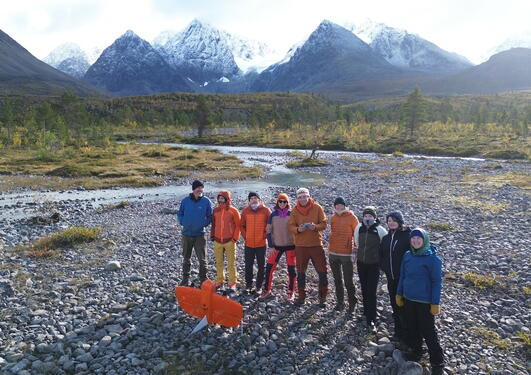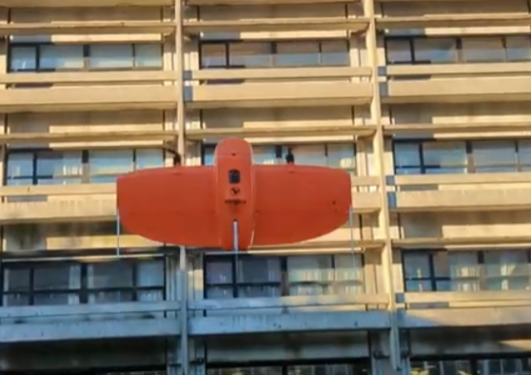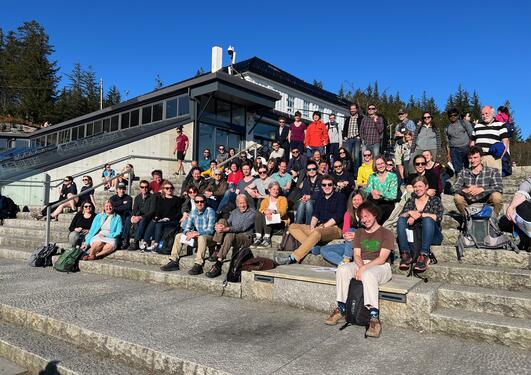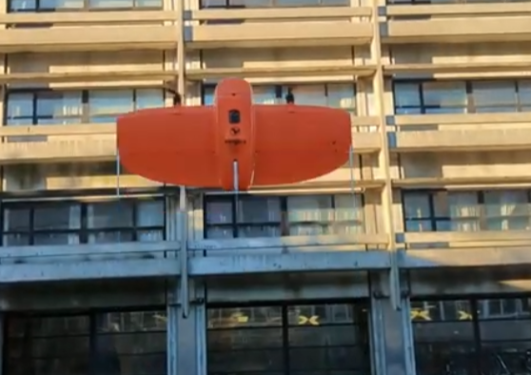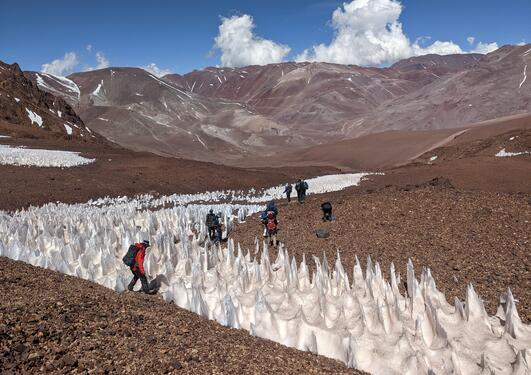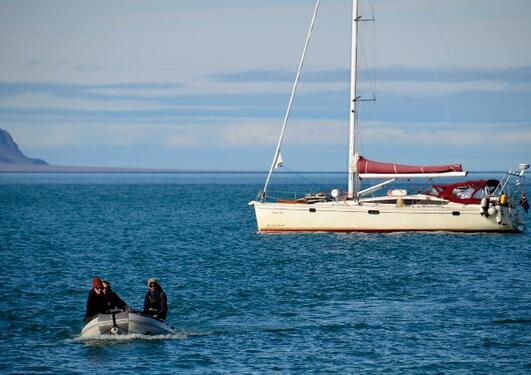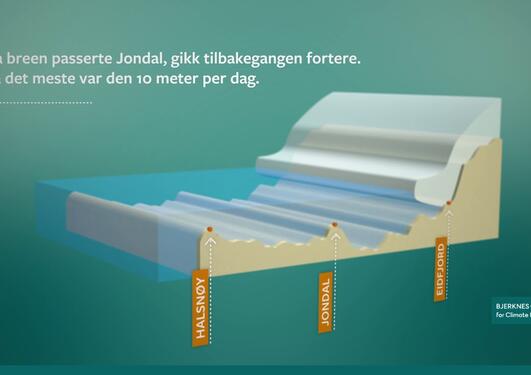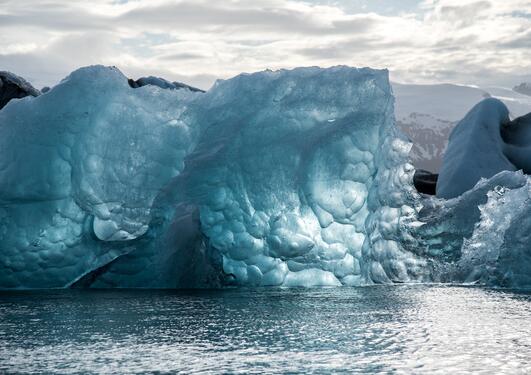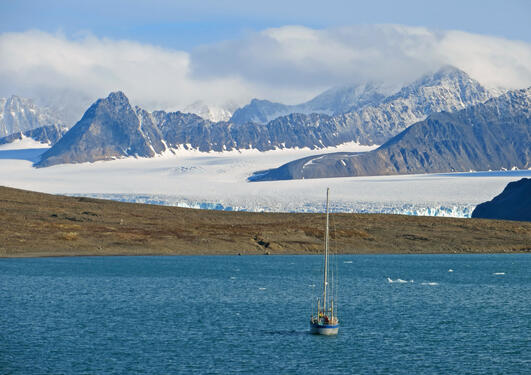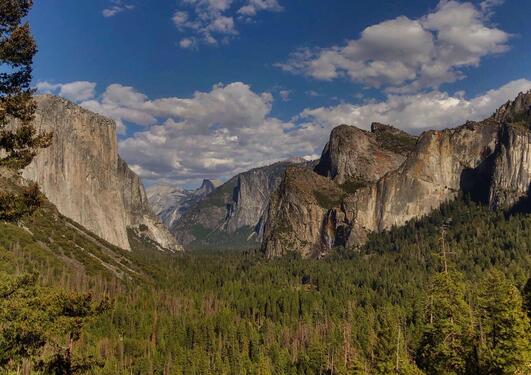News archive for Quaternary geology and Paleoclimate
A comprehensive UAV Data Utilization Workshop Successfully Empowers Trainers in Agriculture and Environmental Monitoring in Ghana, Africa.
A recent study demonstrates how dripstones can be crucial for reconstructing past climates. The new approach can provide a detailed picture of the climate around early human occupations in South Africa.
Last week, the Department of Earth Science hosted a successful workshop on "Greenland ice sheet stability: lessons from the past". The workshop attracted 70 international participants from various disciplines and institutions. The main goal of the workshop was to foster interdisciplinary collaboration and exchange of ideas on the past, present and future of the Greenland ice sheet.
Can CT scanning be used to better determine the magnitude of past volcanic eruptions? The answer is a resounding yes, according to a new study in Nature Communications by Willem van der Bilt with colleagues.
The Department of Earth Science has in recent months acquired several state of the art drones for performing high-resolution mapping in 2D and 3D.
20 students from 12 countries have been exploring different ways to monitor the cryosphere in the Semi-Arid Andes of Chile.
Kikki Kleiven follows Tore Furevik as the direcor of Bjernes Centre, and will lead 200 climate researchers the coming four years.
When the last ice age was over, a large glacier covering the 1000 meter deep Hardangerfjord collapsed. These events at the end of the ice age in Norway, resemble what we are about to witness in today’s Greenland.
Temperature in the Southern Ocean was more tightly linked to the extent of Antarctic glaciation during past greenhouse climates than previously thought.
Near the end of the last ice age, the global sea level rose 12–14 meters in less than 350 years. Most of the meltwater has been thought to have come from North America and Antarctica. A new study shows that the ice over coastal Norway and the Barents Sea may have contributed almost as much.
During the coldest years of the last ice-age the ice cap reached the British Isles and Polen. New research has revealed that an ice-free green spot existed further north - on a penisula close to Spitsbergen.

Lauritzen is recognized for seminal and ongoing contributions to the field of speleothem science
For two intense weeks,students and lecturers from around the world gathered in the small town of Yosemite National Park to discuss climate science as part of the ACDC summer school
The Advanced Climate Dynamic Courses is celebrating their 10th year anniversary this March by having an alumni conference held in Rondane, Norway.
Pages
- December 2023 (1)
- October 2023 (2)
- April 2023 (2)
- March 2023 (1)
- February 2023 (1)
- December 2022 (1)
- August 2022 (1)
- June 2021 (1)
- November 2020 (1)
- September 2020 (1)
- April 2020 (1)
- November 2019 (1)
- October 2019 (2)
- August 2019 (1)
- March 2019 (2)
- February 2019 (1)
- June 2018 (1)
- March 2018 (1)
- November 2017 (2)
- February 2017 (1)
- October 2016 (1)
- September 2016 (1)
- October 2014 (3)
- October 2013 (3)
- May 2013 (1)
- March 2012 (1)
- December 2011 (1)
- November 2011 (2)
- October 2011 (2)
- September 2011 (1)
- May 2011 (2)
- December 2010 (1)
- June 2010 (1)
- May 2010 (1)
- January 2010 (1)

